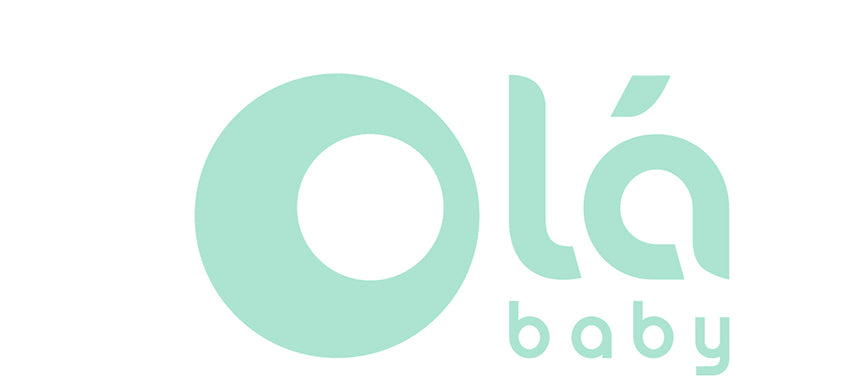The initiation of complementary feeding (CF) is a very special moment for you as parents. However, many concerns may arise during the process, in particular in what respects your baby’s safety. Also, considering babies initially explore everything through their mouth—you get panic just to think that your little one could swallow something and choke. The idea of your baby chocking either with food, toys or household items is terrifying. However, it’s something that could happen, especially in children under the age of 5, and you should be aware of it so that you can prevent it!
This article will provide you with a short guide that, hopefully, will help you keep your baby safe from choking, specifically when eating, by providing useful information about potential risks she/he might be exposed to.
- Why are babies vulnerable to choking?
- What type of food represents a high choking hazard?
- What is the difference between chocking and gagging?
- Does any feeding method represent a higher choking risk than other?
- Recommendations to avoid choking on food
The trachea (windpipe) or breathing tube in babies and toddlers is too small and gets easily obstructed. Also, it can take time for babies to dominate the ability to chew and swallow food, while they may not be able to cough hard enough to clear an airway obstruction, which is a protective mechanism to avoid choking (i.e. gagging). In addition, some health conditions can also increase the risk of choking in children (e.g., swallowing disorders, neuromuscular disorders, developmental delays and traumatic brain injuries).
What type of food represents a high choking hazard?- Sausages
- Nuts, seeds and dried fruits
- Chunks of meat or cheese
- Whole grapes
- Hard boiled, or sticky candy
- Popcorn
- Peanut butter (especially in spoonful or with soft white bread)
- Chicken with bone
- Raw vegetables, fruits with skins, carrots, celery, and cherries
- Marshmallows
Choking occurs when a foreign body such as food, or a small object partially or completely obstructs the passage of air from the upper airway into the trachea. You should keep in mind that when this happens your child won’t be able to cry, cough, or gasp.
On the other hand, and as already mentioned, when your baby starts on solids she/he is still learning to master the ability to chew and swallow food. In this case, gagging is totally normal, and although it may seem sometimes like your baby is choking, don’t panic! It is just the gag reflex, which will help your child remove the piece of food that went too far back before it had been chewed. If your baby is able to cough, and makes noises, this is a good signal and you shouldn’t get worried.
Does any feeding method represent a higher choking risk than other?
Feeding methods such as Baby Led Weaning (BLW) and Baby Led Introduction to SolidS (BLISS) have become very popular in the last years. At the same time, there is an increasing concern among healthcare professionals about the apparently high risk of choking in babies following these methods.
However, it’s important to note that to date haven’t been carried out enough studies that prove whether babies following a baby-led method are more likely to choke than those following the traditional spoon-feeding method. Present studies on these methods only have concluded that following BLISS, which is a modified version of BLW, didn’t seem to increase the choking probabilities. This means that baby-led approaches may be as safe as the traditional spoon-feeding.
Recommendations to prevent your baby from choking on food
- Never leave your baby unattended while eating. Direct supervision is necessary!
- Babies must sit upright—never in a half-lying position.
- The ability to chew and swallow foods of your baby need to be well developed.
- Babies should be in a quiet environment during meal and snack times, avoiding distractions like TV, mobile phones or tablets.
- In case of initiating CF with BLW, food should be cut into pieces with the appropriated shape (i.e. julienne type pieces), size, and consistency (
- Also, in the traditional spoon-feeding method around 8 months of age when textures start to be introduced, the shape, size and consistency of food need to be adequate in order for the baby to be able to ingest it.
- Always cook or steam vegetables to soften their texture.
In brief, educate yourself, read, and be alert to any possible choking hazards— regardless of the complementary feeding method you use to introduce your baby on solids. Attending a first-aid course for babies and children is highly recommended! However, don’t stress yourself out, and keep exposing your child to different experiences by allowing her/him to interact with food and the surrounding environment. Believe in your intuition and be responsive to your baby’s needs; all children are different and have a different developmental timing which makes the beautiful and unique!

References
Cameron, S. L., Taylor, R. W., & Heath, A.-L. M. (2015). Development and pilot testing of Baby-Led Introduction to SolidS - a version of Baby-Led Weaning modified to address concerns about iron deficiency, growth faltering and choking. BMC Pediatrics, 15(1), NA. https://doi.org/10.1186/s12887-015-0422-8
Choking Injuries and Deaths are Preventable! (2017, abril). New York State Department of Health. https://www.health.ny.gov/prevention/injury_prevention/choking_prevention_for_children.htm
Difference Between Choking and Gagging – London School of Childcare Studies. (2019, 26 abril). London School of Childcare Studies. https://childcarestudies.co.uk/2019/04/26/difference-between-choking-and-gagging
Fangupo, L. J., Heath, A.-L. M., Williams, S. M., Erickson Williams, L. W., Morison, B. J., Fleming, E. A., Taylor, B. J., Wheeler, B. J., & Taylor, R. W. (2016b). A Baby-Led Approach to Eating Solids and Risk of Choking. PEDIATRICS, 138(4), e20160772. https://doi.org/10.1542/peds.2016-0772
Prevention of Choking Among Children. (2010). PEDIATRICS, 125(3), 601-607. https://doi.org/10.1542/peds.2009-2862
Report: The Un-Usual Suspects - Main Causes of Choking Deaths in the UK 2019 | CE Safety Blog. (2019, 14 junio). CE Safety Ltd - Occupational Health & Safety Courses throughout the UK. https://cesafety.co.uk/choking-deaths-report-2019/






